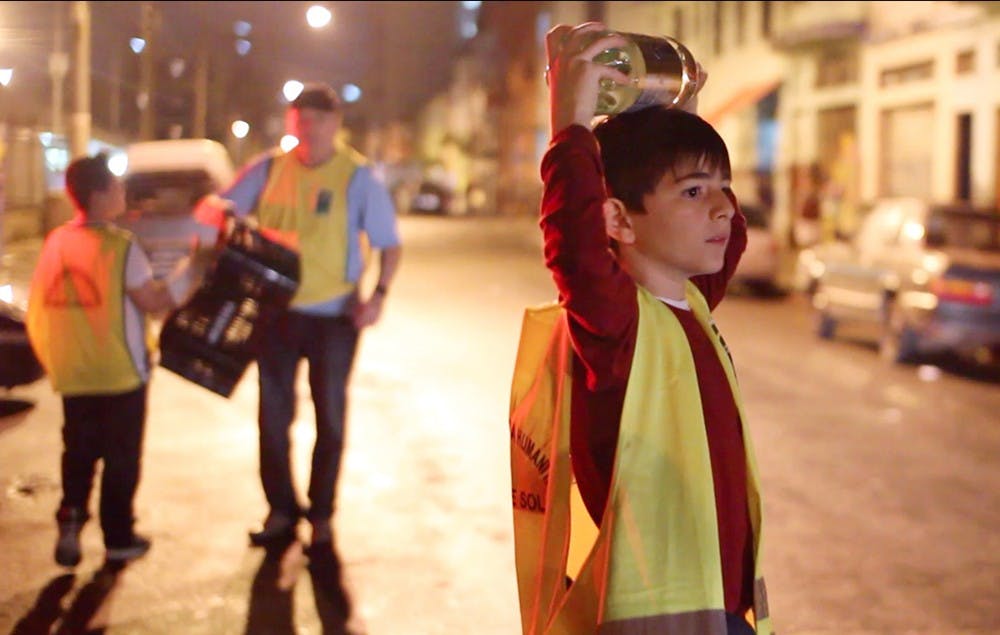Last week, protesters set fire to a public bus less than five miles from where I live and go to school.
It was the latest in a series of conflicts between police and various homeless organizations around São Paulo. In this instance, the Shock Police were attempting to evict homeless families from an otherwise unused building in the center of the city.
Despite the proximity to my usual area of town, I wasn’t in the least bit afraid. My day proceeded normally, aside from an advisory email saying it was best to avoid the conflict.
This is characteristic of what living in Brazil can be like. For the most part, rampant poverty, homelessness and the social unrest that accompany them stay out of sight and out of mind for the growing middle class.
In 2009, 53.4 million out of a population of close to 200 million were living with less than $4 a day. Many of the homeless in São Paulo have adapted to their conditions by living in one of the many abandoned buildings around the city.
The buildings are easily identifiable. Their exteriors are covered with graffiti and, usually, huge banners hang outside declaring the buildings to be property of one of the homeless movements.
What the rest of the world saw in the news during the World Cup were mostly protests orchestrated by groups such as these.
During the World Cup, there was a general feeling of bitterness from these organizations toward the Brazilian government. The government scaled up attempts to pacify these groups and the homeless in general in anticipation of a storm of foreign tourists.
Of course, not all of the homeless in São Paulo live in abandoned buildings.
Last weekend, I took a trip as a media volunteer to a part of town nicknamed Cracolândia. You could probably guess the translation — “Crack Land.”
This is a highly concentrated community of homeless people living in the center of São Paulo.
Despite the fact that the police patrol the area regularly, its residents are largely drug abusers.
The cycle of poverty was very visible there. People wandered aimlessly through the street, crack pipes in hand, while three or four bored-looking police officers observed. More disturbing were the children, usually without shoes, walking the filthy roads with nothing to do.
The sheer number of people was probably what shocked me the most. In the United States, while we still have a homelessness dilemma, you would never find so many people in the same place living without basic necessities.
I got back to my apartment that night, binge-watched “Breaking Bad” and fell asleep for a long time.
It seems there is no solution for Brazil’s chronic homelessness problem. After seeing Cracolândia, I couldn’t help but feel that no amount of government aid or volunteer programs could lift these people out of poverty.
The best hope for the impoverished is that the government will finally start allocating more funds toward infrastructure and social programs. Until then, I expect the buses will keep burning.
marwilde@indiana.edu






